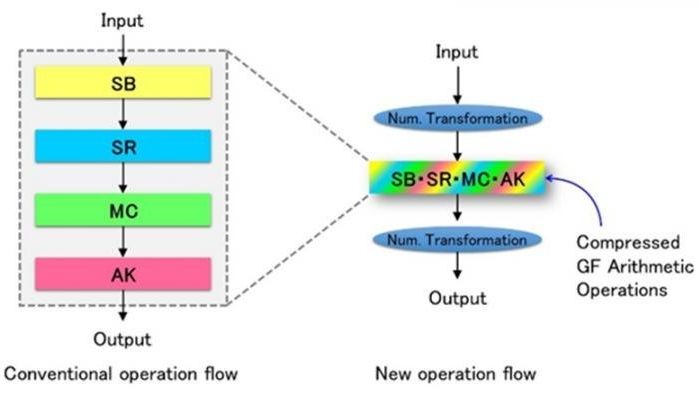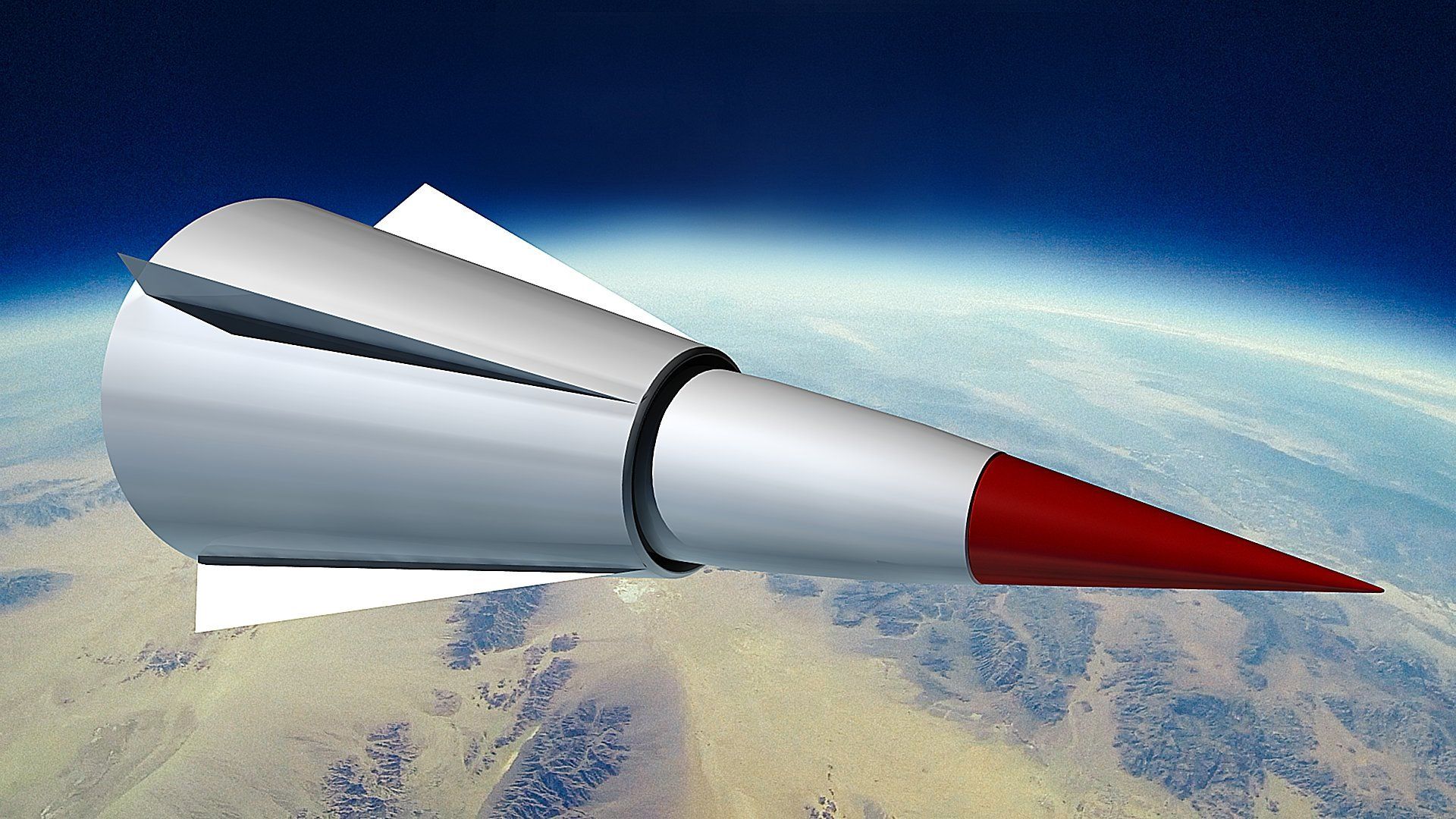Aug 22, 2016
Groundbreaking Research Shows Conscious Intention Directly Affects Quantum States; Scientific Basis for Mind of Over Matter?
Posted by Karen Hurst in categories: neuroscience, particle physics, quantum physics, robotics/AI
Dean Radin, Ph.D. and Chief Scientist of IONS, the Institute for Noetic Sciences, recently introduced the results of a series of experiments that may provide the missing link between consciousness and matter, turning the tables on materialism and asserting consciousness as a fundamental component of reality itself. Using a variation of the famous double-slit experiment, he and his team hypothesized that the conscious intent of a human mind might be able to collapse a quantum wave function without direct interaction. Simply by concentrating they postulated, meditation might be able to affect and influence quantum particles – the smallest components of matter that form our physical universe. .
Initial experiments used participants 2 meters away from the device. Alternating between asking participants to concentrate on the apparatus, then removing their attention showed astounding results. Fearing that temperature differences or other variables might have influenced the test, they offered the experiment to participants online. Using several thousand robotic control sessions to ensure that a determination could be made for the factor of human consciousness, the results were likewise astounding, with initial trial results of greater than 5 sigma.



















